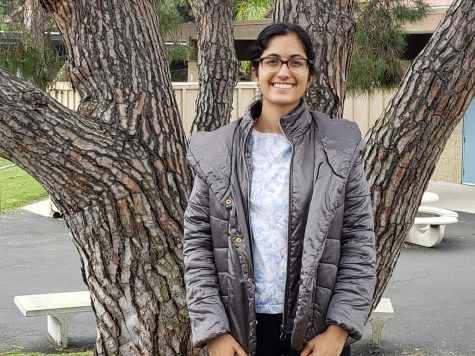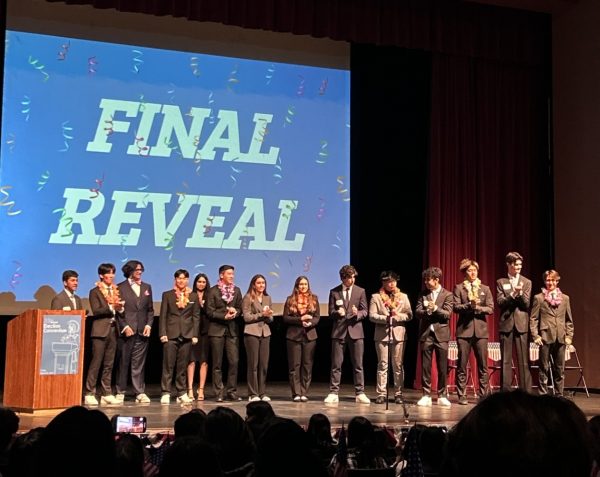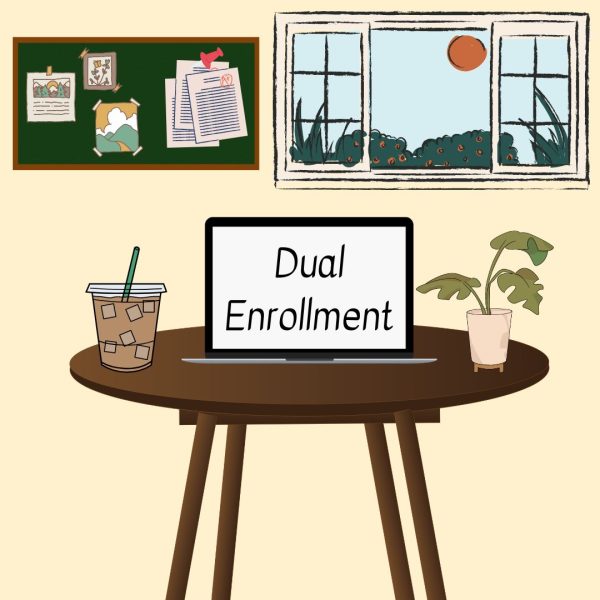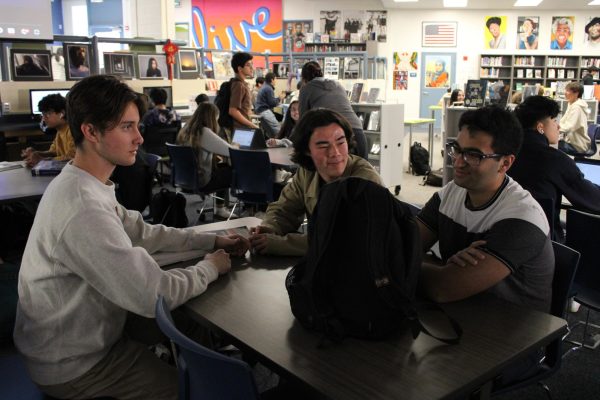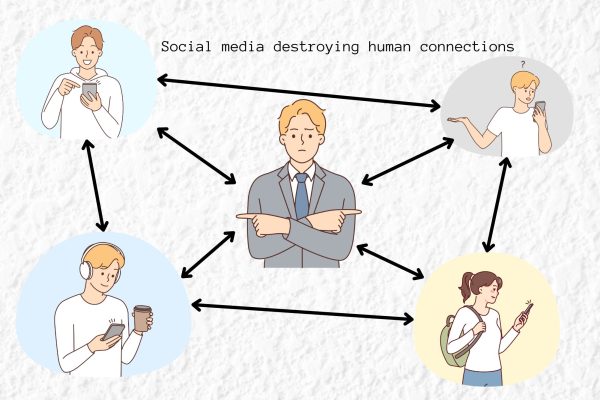Why In-Person Instruction Needs to Stop
December 20, 2020
The Covid-19 pandemic, after altering the world as we know it, is still stronger than ever, reaching record-breaking numbers in both cases and deaths with the colder weather in the Northern Hemisphere. In the week of December 4, 2020 to December 11, 2020, California experienced a daily average of 30,005 new cases, which is a 117% increase from the past two weeks. California also hit 0% available ICU capacity on December 12th. With Covid-19 cases soaring and people packing the ICU, limiting the number of cases by stopping outside ventures would be a reasonable choice. Yet, as of December 11, 2020, IUSD students are still attending in-person school.
Temporarily ignoring the obvious dangers of continuing to have students congregate two times a week in a large public setting and teachers increase the risk of contracting the virus, this decision to continue to hold in-person classes is not only hazardous but also inconsistent with the rest of the state’s agenda. On December 6, California placed stay at home orders throughout the state, not excluding Orange County and the rest of Southern California. This order was predicated on the fact that public gatherings of all sizes were a major cause of the recent spread. Yet, schools are still open, contradicting the basis of the order. These conflicting messages make for an unclear public response and undermine the state’s mandates. We already saw in the spring how conflicting messages on safety protocols from the government leads to lower compliance with them, and with no surprise, with pre-existing internal dissent already in place and the district’s continuation of in-person classes, people are ignoring the stay-at-home orders. The district’s continuation of in-person classes only makes the effectiveness of the government’s response weaker.
The continuation of in-person instruction endangers both students and district employees. The school has done very well in providing disinfectants to students and cleaning the campus in order to deactivate virus particles. However, its enforcement of social distancing has had less than stellar results. When walking through campus, six feet distances and pathway directions are not followed. During breaks, bathrooms exceed the five-person limit and consecutive stalls are occupied. When talking to others, social distancing is not maintained and the two people per table limit is often ignored. Masks are not properly on or are taken off outside to eat or chat, and in classrooms, students are not placed spaced out six feet apart. While these infractions are due to physical limitations caused by the design of the school and students failing to follow school rules, the cause of the rules being broken is less important than the fact that they are being broken and the health of both students and district employees are being placed at risk. The school’s inability to enforce such rules had less severe consequences earlier in the year when the weather was warmer and the spread was slower. However, during this time of record-high cases, such leniency is unacceptable and by stopping in-person classes, the occurrence of such risks can and must be eliminated altogether.
Furthermore, the lack of proper contact tracing known to the public being conducted by the district makes in-person instruction even more dangerous. When a person comes into potential contact with a confirmed case, the district sends an email recommending self-isolation and monitoring but continues to enforce in-person attendance. The problem with this is that the virus has been known to spread to other people even before symptoms start to occur, with 50% of positive cases actually being asymptomatic. Rather, with the daily screenings in place, people would only come to school if they do not experience symptoms. If a person were to come in contact with a positive individual at school, it would be when the Covid-positive person was experiencing the asymptomatic phase, as then, the positive person would be ignorant of their infection and not stay at home. By requiring students who may have come in contact with a positive case without knowing to continue attending classes, the possibility of asymptomatic spread increases. Another problem with the currently known contact tracing system is the school’s inability to accurately locate people who have come in contact with the positive individuals. Instead of the people that the positive person would have talked to during breaks or on walkways being notified about the case, people who were absent that day of school, therefore lacking contact, are informed. The fact of the matter is that the school cannot know who the positive person was less than six feet apart with and so instead, it sends emails to all students who possibly shared classes with the infected person, even when it is less likely for the positive person to come in close contact with others during class time. Currently, as of December 11, University High School has five student cases and three staff cases. At this point, the easiest way to avoid conducting faulty contact tracing and control asymptomatic spread, thereby preventing more students and faculty from becoming a positive case, is to eliminate all contact between students– in other words, stopping in-person instructions.
The common argument for in-person instruction is that in-person teaching facilitates a higher level of learning. However, the fault in the argument is the fact that the district already has an effective fully-online schooling system where teachers end up having more instructional minutes than they do with the hybrid model. Due to this, many classes have turned their in-person classes into performance days, where students would take a test or do a lab while assigning videos to watch during the at-home day to learn the content they are supposed to demonstrate on performance days themselves. Although listening to teachers’ lectures on Zoom is not as effective as listening to them lecture in-person, it is better than not hearing a lecture at all. Students invariably self-study the content as the teachers are unable to provide a thorough lecture, conduct activities other than lectures to aid understanding, and also test the knowledge obtained within the current time frame provided by hybrid. Self-studying is an important skill that students have utilized before the pandemic and will continue to utilize in future pursuits in life and higher education. So, even though online instruction may not be as effectively transmitted to students, it is at least complete and aids in the development of an important life-long skill.
At this point in time, the effects of the pandemic are not going unnoticed. Many students part of the hybrid program are already choosing to stay home in order to stay safe, choosing to suffer an increasing absence count rather than tempt fate and risk their lives by attending school. Rather than punishing them with lack of instruction and possibly unexcused absences for protecting themselves, the school should instead switch to online instruction to make sure all students gain instruction. While Orange County may not be as impacted from the virus as other locations, the current situation can easily get out of hand if safety protocols continue to be snubbed. As they say, prevention is better than cure, and rather than wait for the situation in Irvine to get worse, it is better to maximize the number of lives that can be saved by eliminating the occurrence of large public gatherings such as those found in school. With such incautious policies, the lives of students are not the only ones at stake but also their families and the district’s own employees. While going back to school is nice in that it helps improve the mental state of those who suddenly found themselves socially isolated, it should be done with proper consideration of the evolving pandemic and not risk our health and safety. Let us not spend the holidays sick with an untreatable virus but instead with much needed joy and relaxation. We need to put a stop to in-person instruction during these especially anxiety-provoking times.




